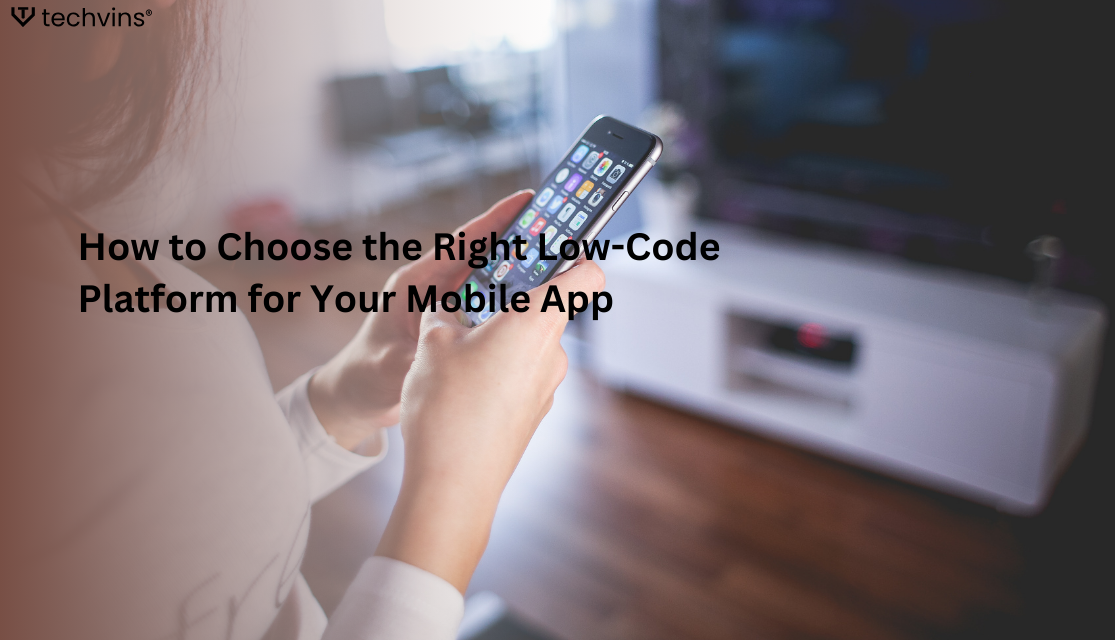How to Choose the Right Low-Code Platform for Your Mobile App

In recent years, low-code platforms have become increasingly popular because they offer a quicker, less expensive, and easier way to create mobile apps without the need for deep coding knowledge. To make the process of developing apps easier, these platforms provide visual interfaces, drag-and-drop capability, and pre-built components. But choosing the best low-code platform for your mobile app might be difficult with so many possibilities. When selecting the appropriate low-code platform for your project, this article will walk you through the important considerations.
1. Understand Your App’s Requirements
Knowing exactly what your project needs is the first step in choosing the best low-code platform. Think about the target platforms (iOS, Android, or both), the features you require, and the app's complexity. While some low-code platforms can handle complicated apps with unique workflows and integrations, others are better suited for simple apps with basic functionality. Finding platforms that support your project goals will be made easier if you are aware of your unique requirements.
2. Evaluate the Platform’s Flexibility
Although low-code platforms are simple to use, it's crucial to make sure the platform offers sufficient flexibility to accommodate the particular needs of your app. Seek out systems that let you integrate third-party services or add custom code to increase their capabilities. In addition to providing innovative components to expedite development, a strong low-code platform should allow you to freely alter the app's features, workflows, and design.
3. Assess the User Interface (UI) and User Experience (UX) Design Tools
Any mobile app's user interface and user experience are essential components. Examine the caliber of the UI/UX design tools provided by a low-code platform. To develop a smooth and appealing user experience, look for platforms that offer pre-designed templates, drag-and-drop elements, and configurable design tools. To create apps that function well on a variety of screens and devices, be sure the platform supports responsive design.
4. Consider Integration Capabilities
Third-party services, databases, and APIs are just a few of the external systems that most mobile apps must communicate with. You may quickly link your app to other services with the help of a good low-code platform's robust integration features. Verify if well-known connectors like cloud storage, CRM programs, payment gateways, and social media networks are supported by the platform. Take into account whether the platform permits custom integrations for more particular requirements as well.
5. Evaluate Scalability and Performance
Scalability is crucial, particularly if you intend to grow your service or manage steadily rising user traffic. Select a low-code platform that will grow with your application. Make that the platform can manage load balancing, caching, and data management, among other performance optimization tasks. Assessing the platform's backend architecture and its capacity to accommodate increasing user counts without sacrificing app performance or speed is also crucial.
6. Examine Support and Community Resources
Scalability is crucial, particularly if you intend to grow your service or manage steadily rising user traffic. Select a low-code platform that will grow with your application. Make that the platform can manage load balancing, caching, and data management, among other performance optimization tasks. Assessing the platform's backend architecture and its capacity to accommodate increasing user counts without sacrificing app performance or speed is also crucial.






